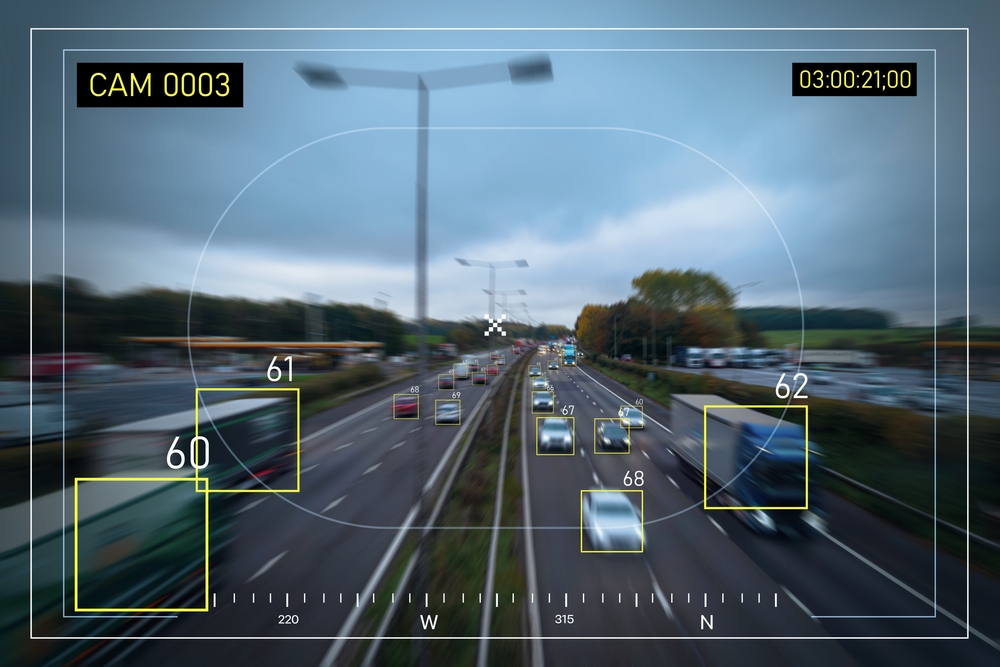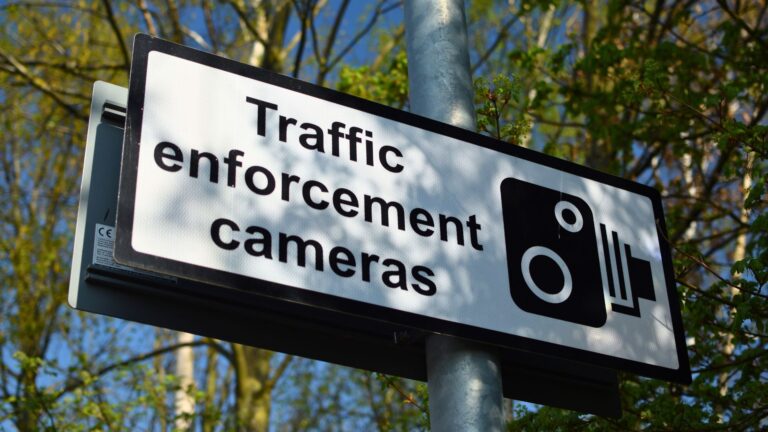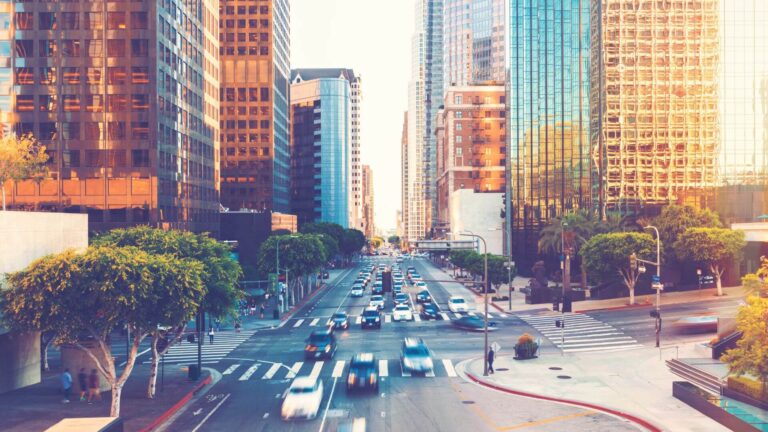As of May 2024, more than 220 communities across the United States use speed cameras, and more than 340 communities have employed red light cameras. Early adopters such as Montgomery, Maryland have been implementing speed cameras since 2007, with outstanding results: The county reported a 100 percent reduction in mean speed due to speed cameras, a 62 percent reduction in the likelihood of a vehicle travelling more than 10 MPH above the speed limit and a 19 percent reduction in the likelihood a crash resulted in fatality or a serious injury. After adopting a corridor approach, where cameras were periodically moved along the highway, the county reported a further 30 percent reduction in the likelihood of crashes resulting in fatality or severe injury.
Looking at the change in speeding-related fatalities in the US between 2020 and 20201 reveals an undeniable truth: states such as Pennsylvania (-12 percent), Maryland (- 4 percent), Delaware (- 13 percent) and Virginia (-6 percent), where automated speed enforcement is legalized statewide, all saw a significant drop. States without ATEs that experienced reductions in speeding-related fatalities, at the same time, experienced a decrease in overall crashes, often due to expansive road redesign and significant construction work.
In New York, NYC has been using fixed cameras for their speed camera program since 2014 and reported a reduction of 73 percent in speeding violations since launch of the program until 2021. Research by the National Highway Traffic Safety Administration (NHTSA)2 indicates that Automated Speed Enforcement Systems on average can reduce speeding by 20 to 25 percent and crashes by 30 to 40 percent.
Automated Speed Enforcement: a Low-Cost, high ROI Solution
So how do we know that implementing Automated Traffic Enforcements are the most effective and cost-efficient way to reduce speeding and speeding related crashes?
Fact is, measures including roadside improvements, changing intersections to roundabouts, using “rumble strips” for enhanced delineation, building out turn lanes and roadside improvements such as high-friction surfaces in curves, have absolutely proven to reduce crashes. However, typically they are also cost intensive and require construction work and traffic interruptions, whereas mobile solutions such as portable trailer units or even fixed speed enforcement solutions are far cheaper to implement and cause no significant disruption to the traffic. These systems also require fewer human resources and administration than handheld devices and police cars patrolling sensitive areas and high crash corridors. Further, handling of violations, from the capture of an event on camera to verifying a violation and issuance of citations, when handled by the police force, requires administrative tasks that often are not only complicated and nerve-racking due to outdated systems, but also pull resources from other crucial public safety areas. Handing this process over to a third-party provider of camera systems and modern software that handles the entire process from capture to a ticket getting paid, can free up and redirect human resources where they are needed the most.
Although the cost of a life lost due to a speeding related fatal crash can hardly be measured in numbers, the cost of any car crash such as first responders being called to site, road cleanup and traffic delays, can indeed be broken down in dollar cost.
A study on the speed camera program in Washington, D.C.3, found that the city experienced a 70% reduction in speeding at locations with cameras. The reduction in crashes and injuries resulted in an estimated cost savings of $40.5 million over two years due to reduced property damage, medical expenses, and other crash-related costs.
ATE systems are known to have a high ROI due to their low operating costs compared to the substantial savings from reduced crash rates. A study by the International Transport Forum found that the benefit-cost ratio of speed cameras typically ranges from 2:1 to 10:1, meaning for every dollar spent, there are $2 to $10 saved in costs related to accidents and injuries.
Automated Speed Enforcement receives Support from Federal Legislation
An increasing number of U.S. governments recognize that Automated Traffic Enforcement systems provide the most reliable and economical solution to reduce speeding and save lives. The Governors Highway Safety Association reported4 that the number of communities using automated speed safety cameras increased from 211 in 2023 to 222 in early 2024. The growing adoption is supported by federal legislation, such as the 2021 infrastructure law, which allows states to allocate up to 10% of their highway safety funds to non-infrastructure projects, including automated traffic enforcement systems.
Cities like New York and Washington, D.C., have already implemented or expanded automated enforcement for bus and bike lanes, aiming to improve compliance and reduce vehicle speeds in these critical areas. The expansion of these programs reflects a broader trend of U.S. cities leveraging technology to enhance safety and reduce traffic-related injuries and fatalities.
Amongst many others, San Jose, California, is a notable example where local officials are advocating5 for the use of speed cameras as part of their Vision Zero program to eliminate traffic fatalities. There is a strong push for these technologies to be used in various safety corridors beyond school zones and work zones to address broader safety concerns.
Although decision makers often still face aversion and resistance from the public against installation of ATEs and unfounded privacy concerns, the trend indicates a growing commitment by local governments to employ technology that is capable to enhance traffic safety more effectively, on the roads of today and tomorrow.
Explore more Elovate News:
Indiana Department of Transportation Selects Elovate to Support Operation and Administration of Statewide Worksite Speed Control System Program
- Forbes Advisor: Speeding Deaths in 2024: The Safest & Most Dangerous States ↩︎
- NTSA: Speeding and Speed Management | NHTSA ↩︎
- WASHINGTON, DC: AUTOMATED SPEED ENFORCEMENT – A Community Speed Reduction Case Study ↩︎
- GHSA: Automated Traffic Enforcement is Growing. How Are Cities Using It? ↩︎
- San Jose Spotlight: State bill could give San Jose speed enforcement cameras ↩︎






